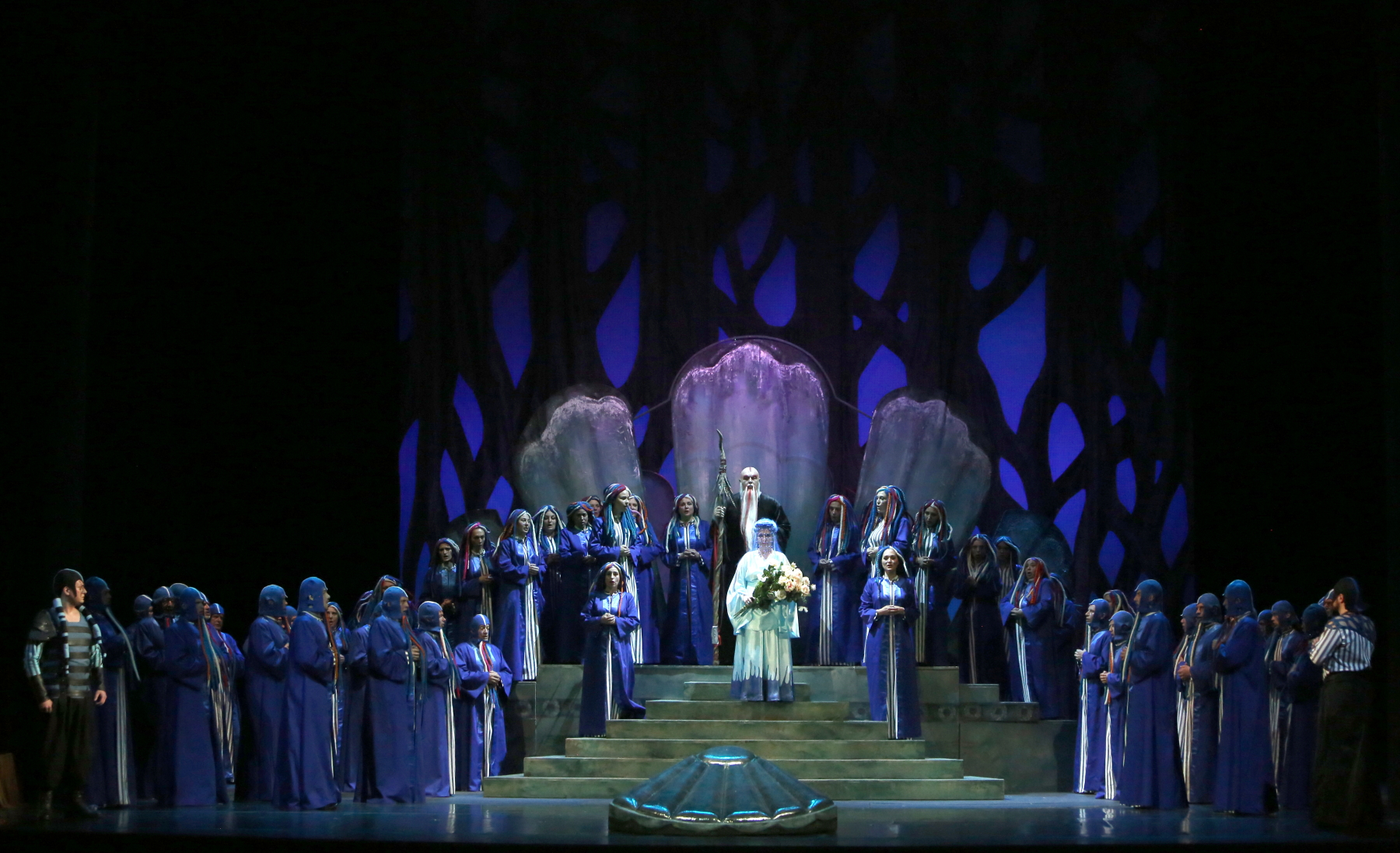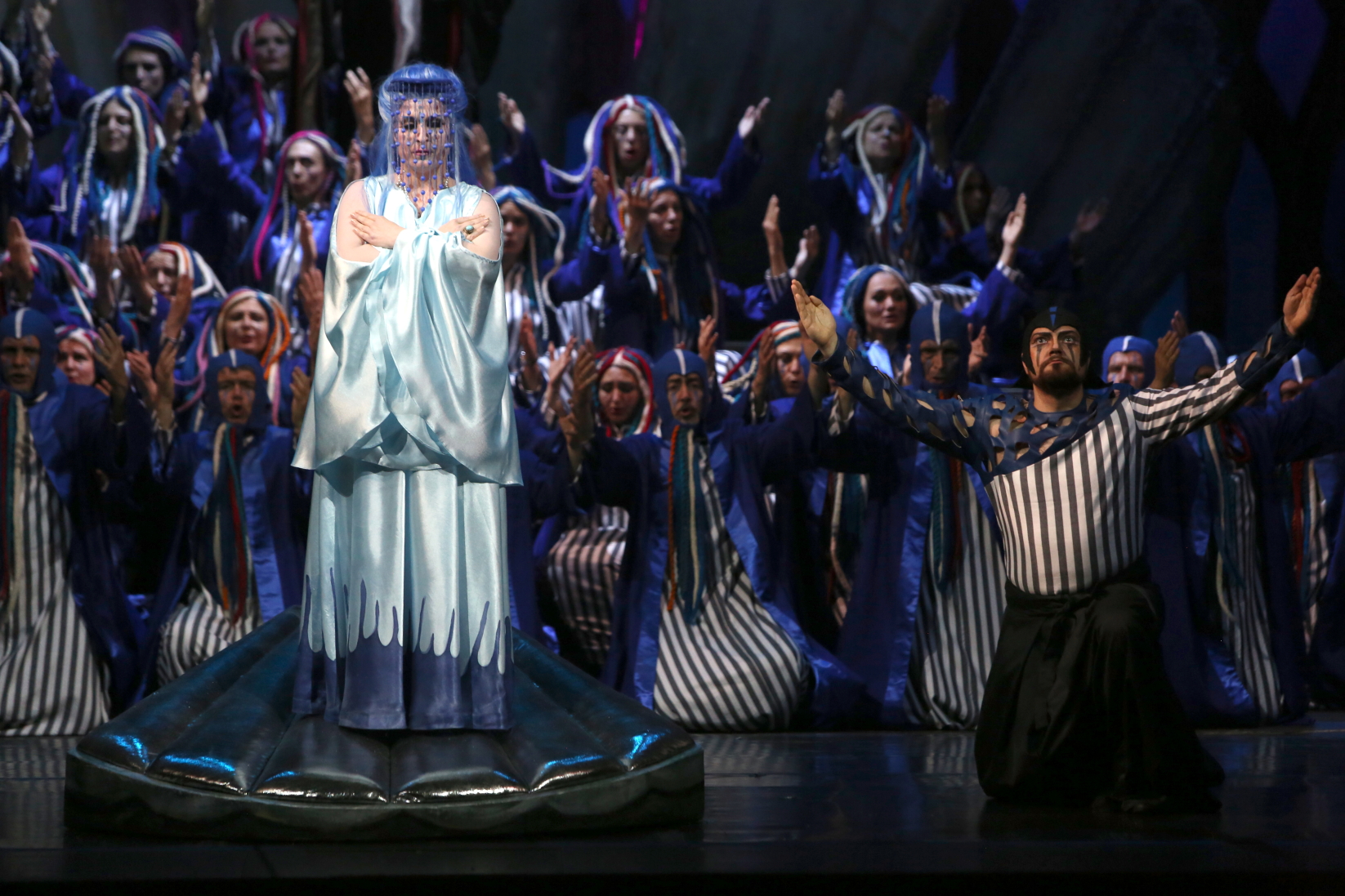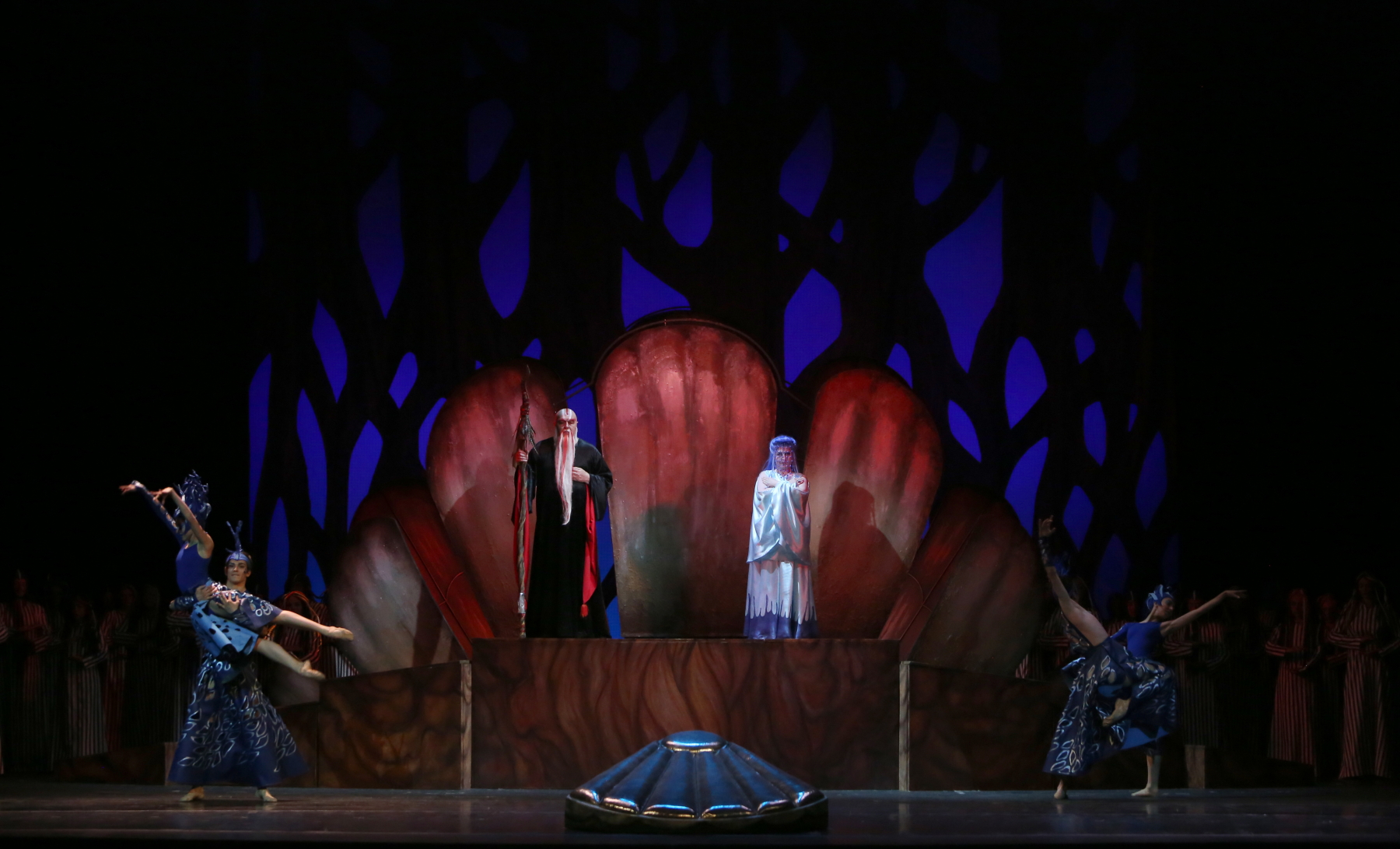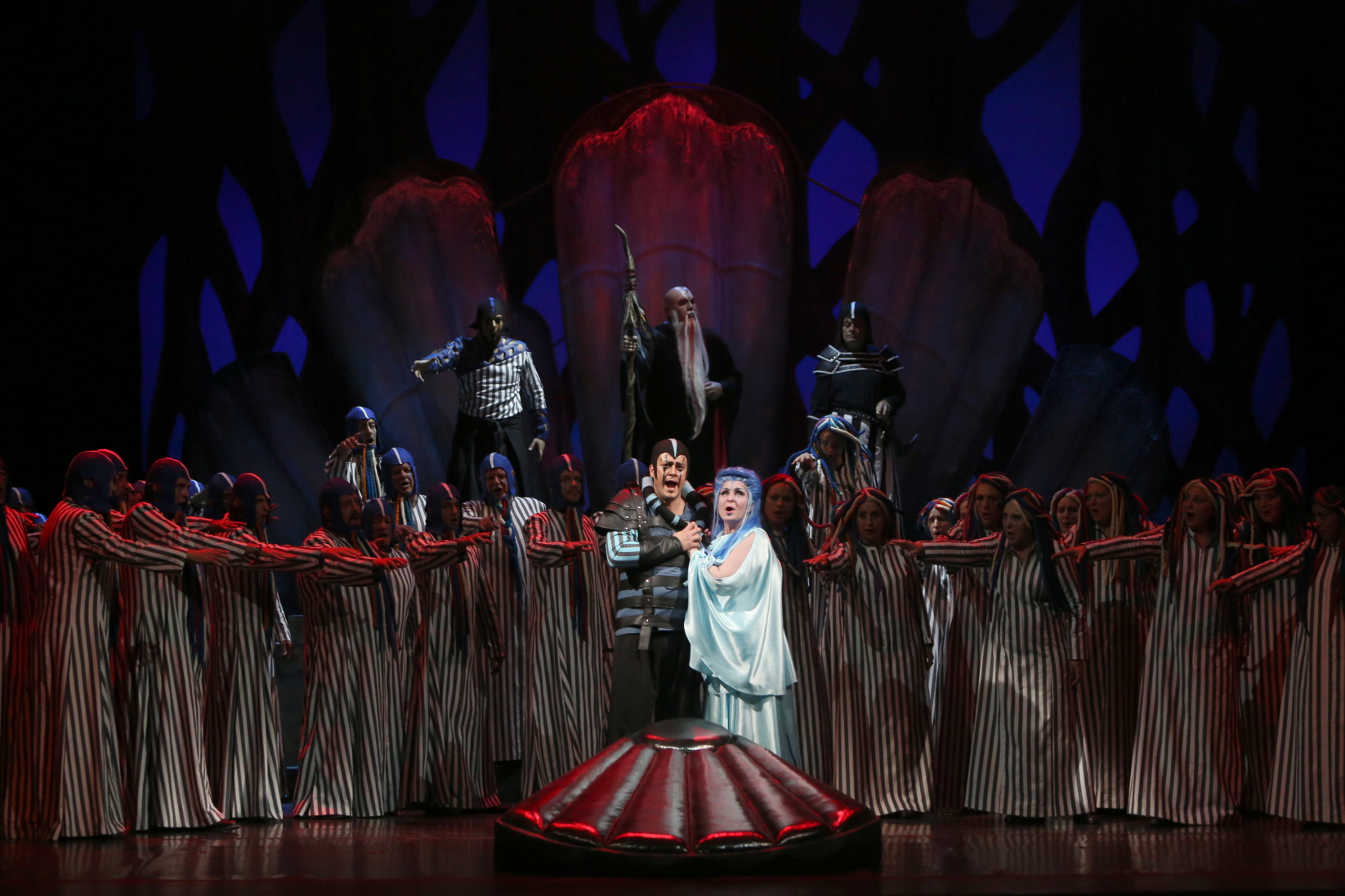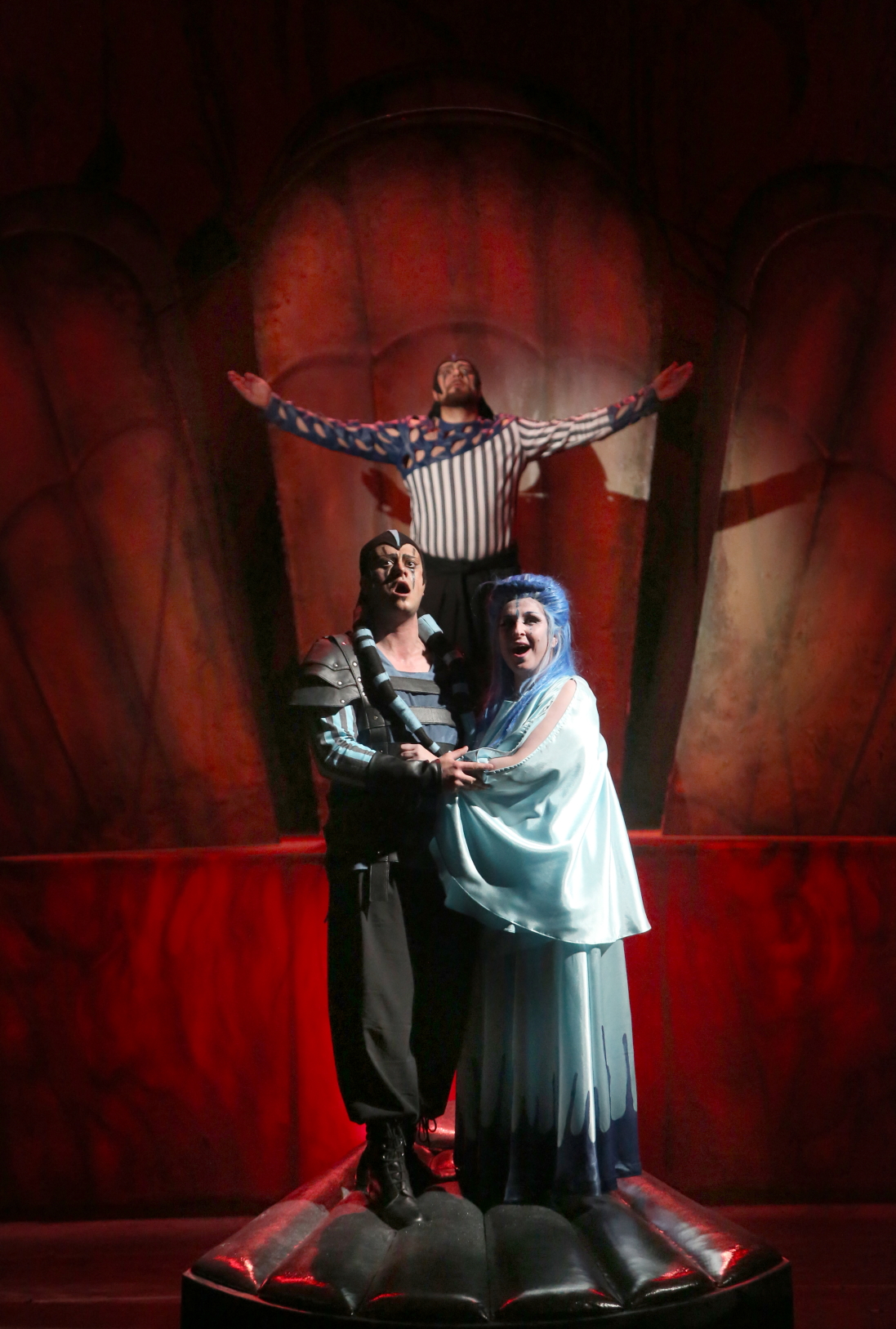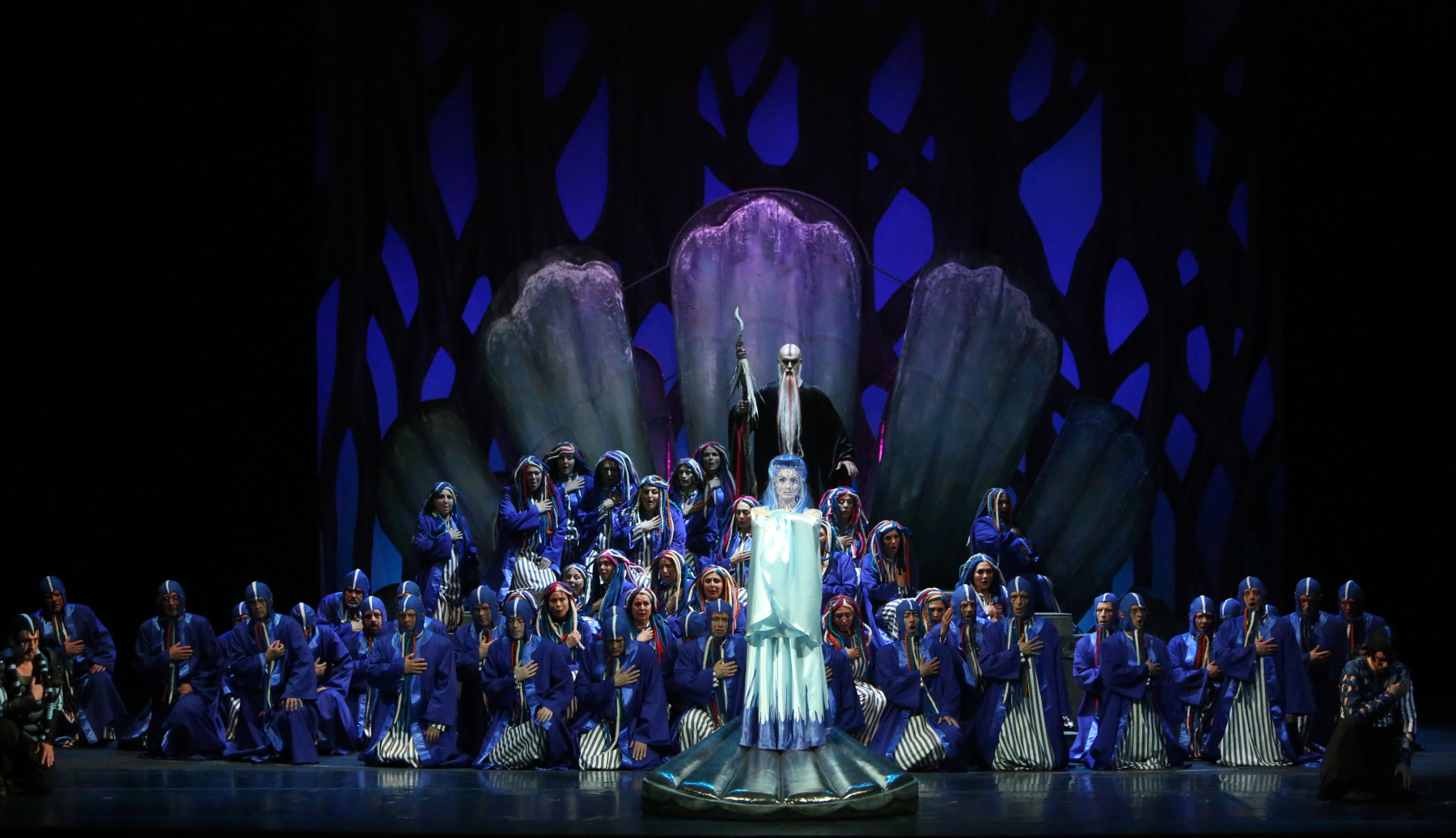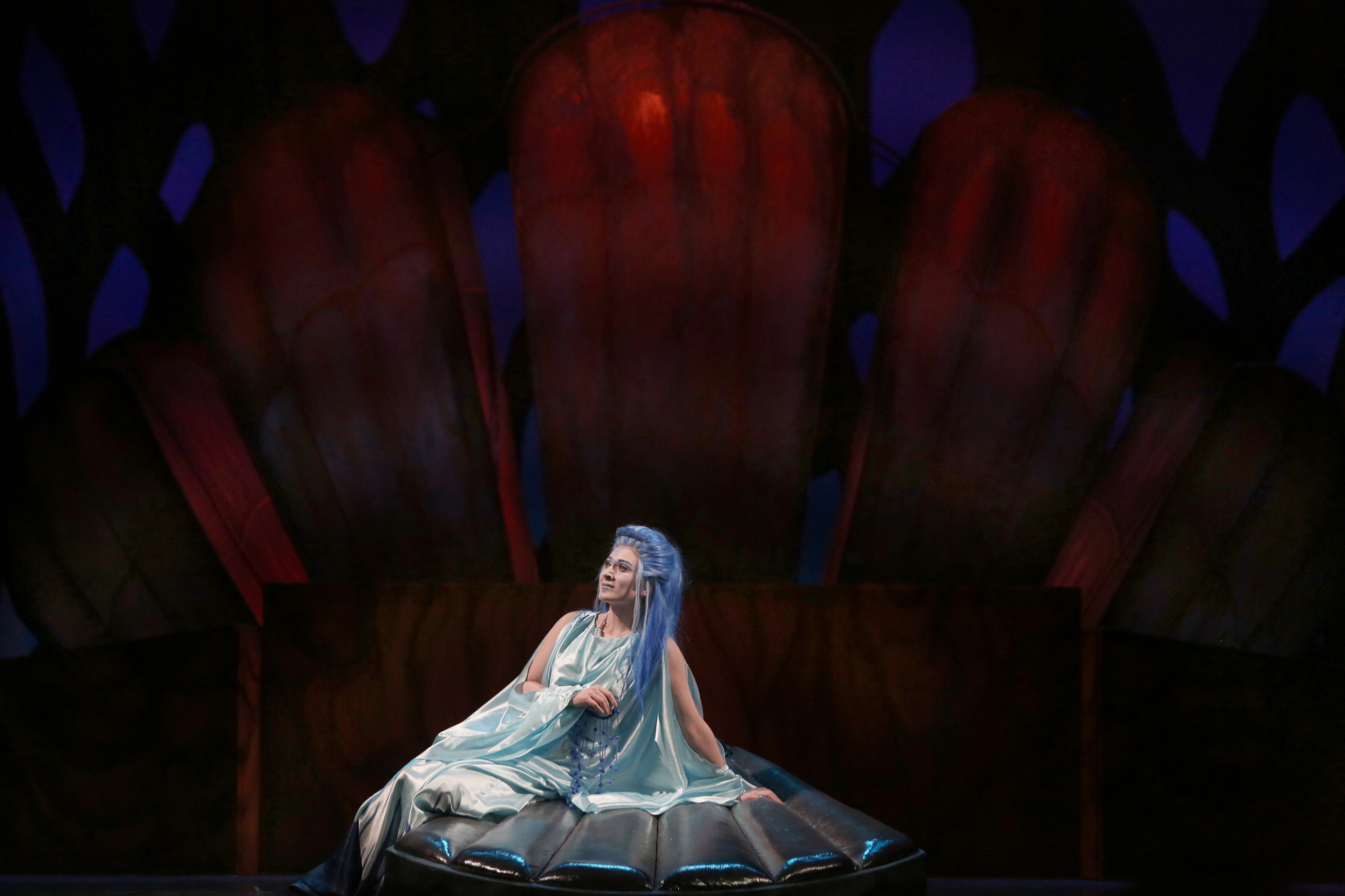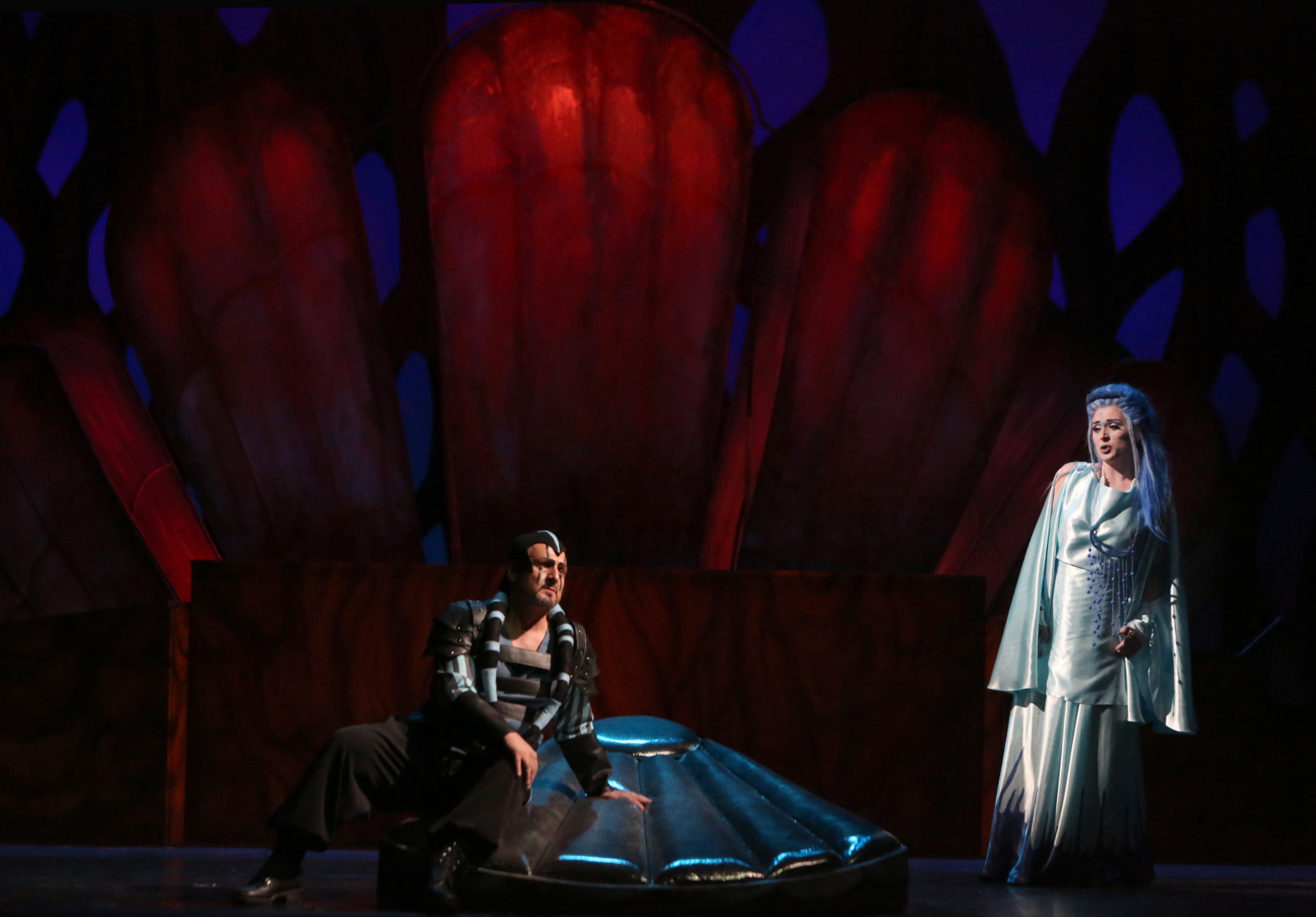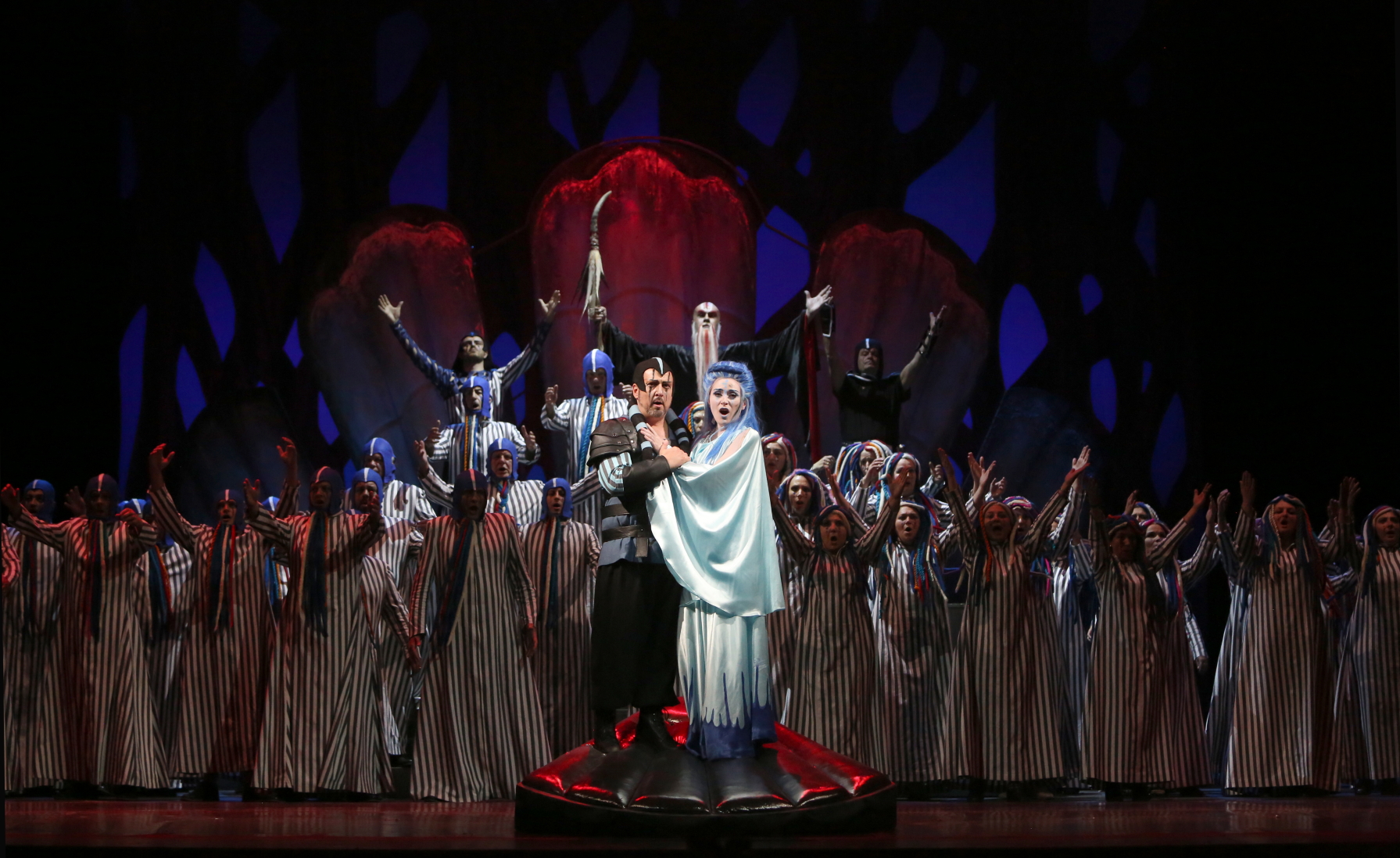Since 1908, when the Opera Fellowship first performed at the National Theatre, Sofia Opera has proved a beacon of experiment and excellence. Very recently, under the Directorship of Professor Plamen Kartaloff, it undertook the – rapturously acclaimed – production of Wagner’s “Ring”, the first ever mounted in the Balkans. Wagner’s “Tristan und Isolde”, again a first performance, received a detailed and excellent review by Klaus Billand in the April issue of ‘Merker’.
Singing operas in the original language, Sofia has a long tradition of succeeding in the Italian repertoire. For both the “Ring” and “Tristan”, the singers worked with Richard Trimborn, German language coach.
Sofia has proved daring in its choice of repertoire and, in May, premiered its production (only the second since 1927!) of the less often performed “Pearl Fishers” by the young Georges Bizet. This second choice of a French opera this season, after “Samson and Delilah” in December, is building a solid tradition. We might quote Massenet’s “Don Quixote” in 2009 “for the first time in Bulgaria” and an earlier production of Halévy’s “La Juive” in 1997.
This production of “Pearl Fishers” showed the strong links between French and Bulgarian culture: like “Don Quixote”, “Pearl Fishers” was “with the kind support of the Embassy of France and the French Institute in Bulgaria”, a “support” which must have extended to language training. Also, as for “Don Quixote”, the conductor at the première on May 28th was French: Didier Talpain.
This work, essentially in two Acts, places a heavy responsibility on the three main and one subsidiary soloists, strongly backed by a very numerous choir. The conception is such that the lithe and active dancers who introduce the work, could jump and dive to the depths in search of pearls. Costume designer Asya Stoimenova clothes the choir in long navy blue robes, symbolic of the sea around Ceylon.
The story of love, honour and dishonour establishes Zurga as the Leader. Baritone Veselin Mihaylov has a strong presence and voice and, in the so well known first act duet, was careful not to overshadow tenor Hrisimir Damyanov who, here and in later arias, could be a little weak. Bass Nourabad sang strongly but the character has little to do. Veselina Vasileva, the object of obsession of both Zurga and Nadir, presented well as befits a vestal virgin.
The backdrop to the set was abstract hangings, perhaps representing seaweed, and the revolve stage bore five uprights, seeming to be in the form of shells. As containers of pearls, however, the shells on the programme contradicted piscicultural reality since they were scallop shells and not oysters!
The orchestra, under the baton of Didier Talpain, played magnificently: the delicacy of flutes in the Act I duet, the recurrence of the theme and the thunderous timpani and percussion of the blazing fire of the concluding scene contrasting and yet complementing.
Sofia Opera is to be congratulated on its evolving use of surtitles. From the earlier exclusive use of Bulgarian, opera-goers are now also offered English. This, it must be assumed, reflects the ever greater attendance of expatriates and visitors for whom English is now the lingua franca! Now the challenge is: when shall we be able to see and hear a Benjamin Britten or a Purcell opera?
Sonia Rouve-Uvalieva
